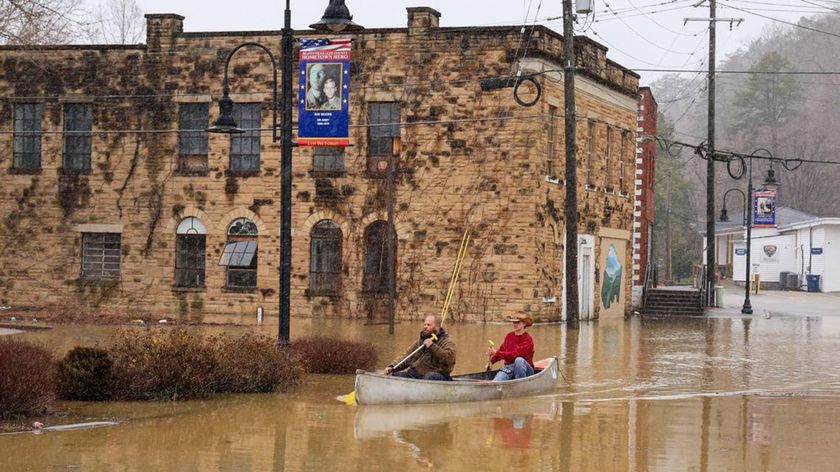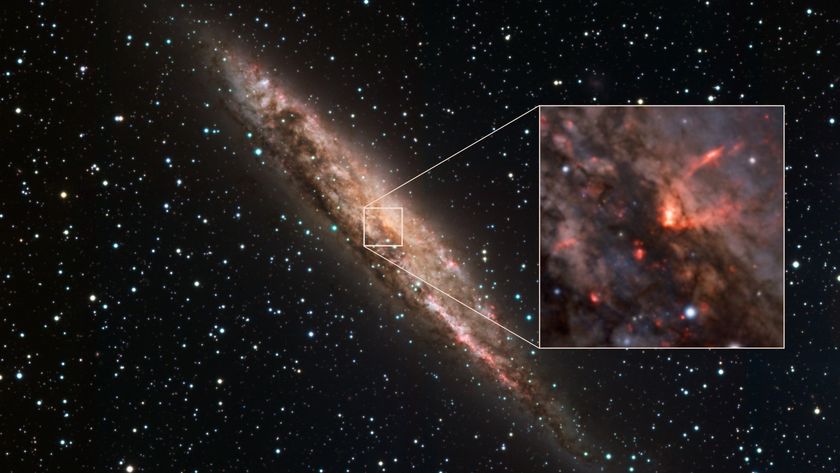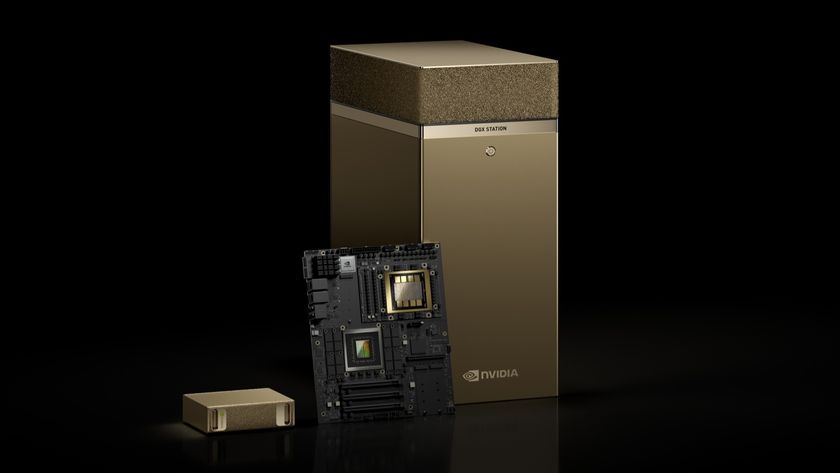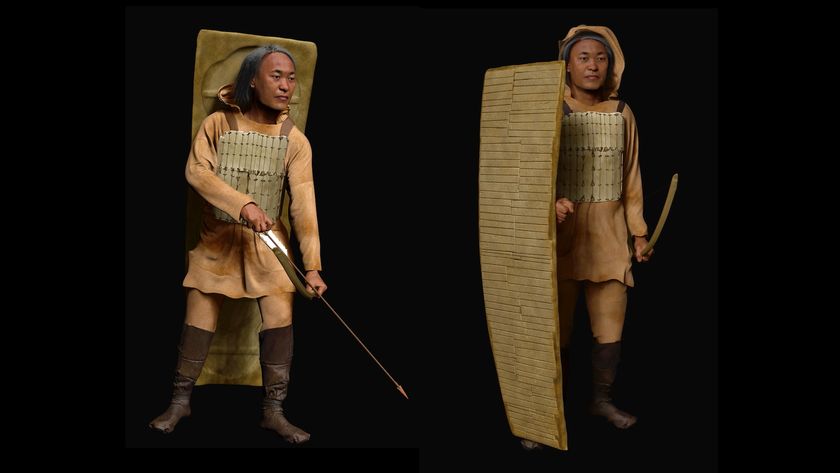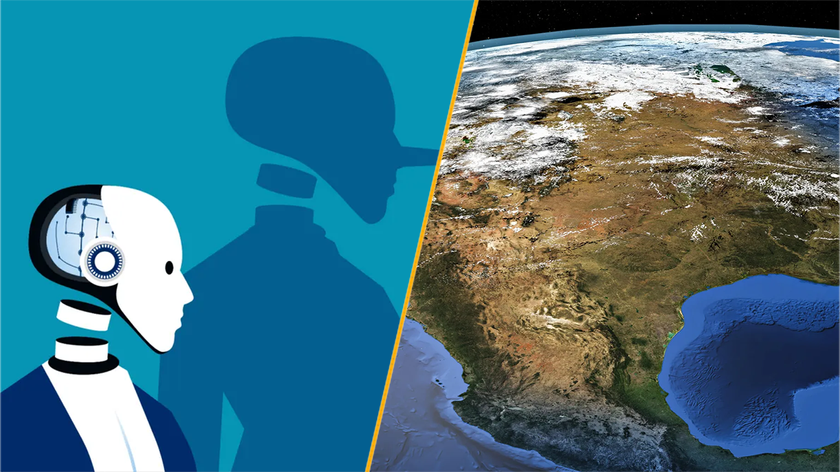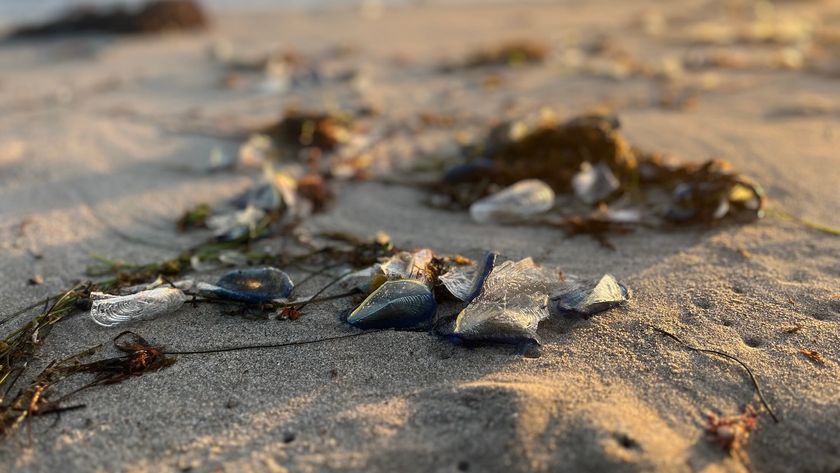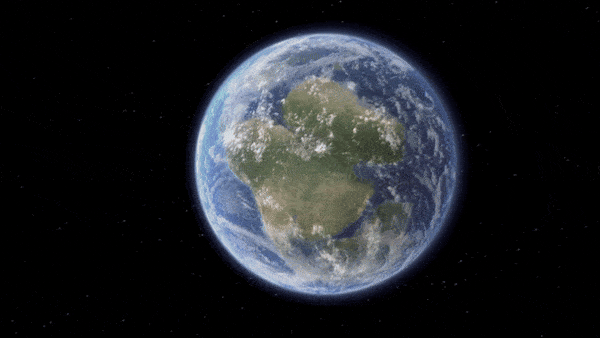Myanmar Flooding Seen From Space

The devastation wrought in Myanmar by Tropical Cyclone Nargis is revealed in new NASA satellite images.
Nargis made landfall with sustained winds of 130 mph and gusts of 150 to 160 mph, the equivalent of a strong Category 3 or minimal Category 4 hurricane, according to Accuweather.com. The death toll could exceed 100,000, officials said.
Flooding is difficult to capture in pictures, even from satellites, particularly when the water is muddy. NASA used both visible and infrared light to make floodwaters more obvious.
The before and after views of the Myanmar coast and Irrawaddy Delta, where much of the devastation occurred, were generated by the Moderate Resolution Imaging Spectroradiometer on NASA's Terra satellite. Water is blue or nearly black, vegetation is bright green, bare ground is tan and clouds are white or light blue.
An image from April 15, 2008, shows dark blue or nearly black water that sharply outlines the shore, the Irrawaddy River (which flows south through the left-hand side of the image). The wetlands near the shore are a deep blue green. Cyclone Nargis came ashore across the Mouths of the Irrawaddy and followed the coastline northeast.
The entire coastal plain is flooded in an image taken on May 5. Here, much of Myanmar is seen as a combination of blue water and turquoise muddy runoff into the Gulf of Martaban. Previously tan areas without vegetation are flooded, such as the 4-million population city of Yangon. The cyclone's path is clearly visible as it moved northeast along the coast from the Mouths of the Irrawaddy. Light blue or white clouds float above the flooded landscape.
- Update: The Latest News of the Myanmar Crisis
- How Do Cyclones, Hurricanes and Typhoons Differ?
- Video: Get Your Own Satellite
Sign up for the Live Science daily newsletter now
Get the world’s most fascinating discoveries delivered straight to your inbox.


